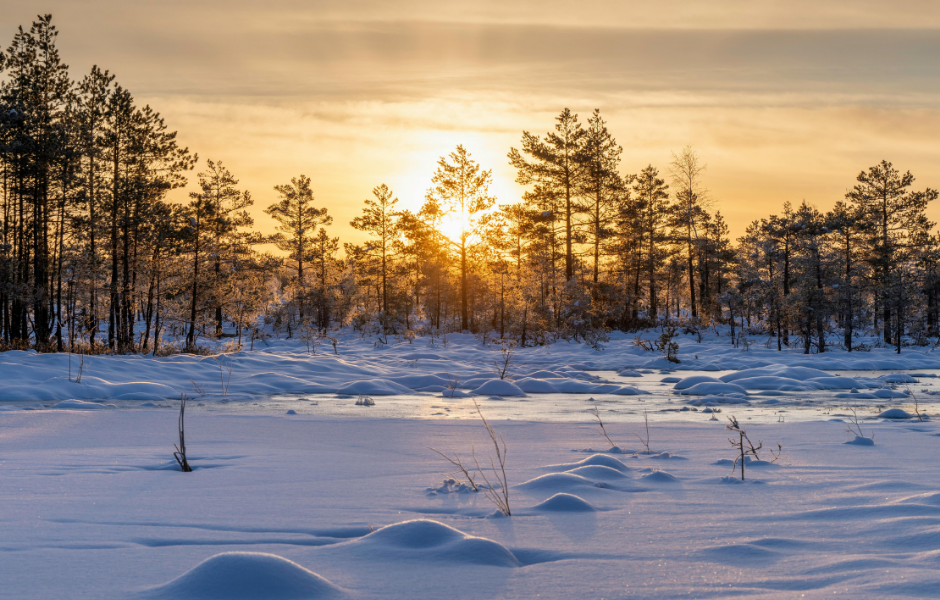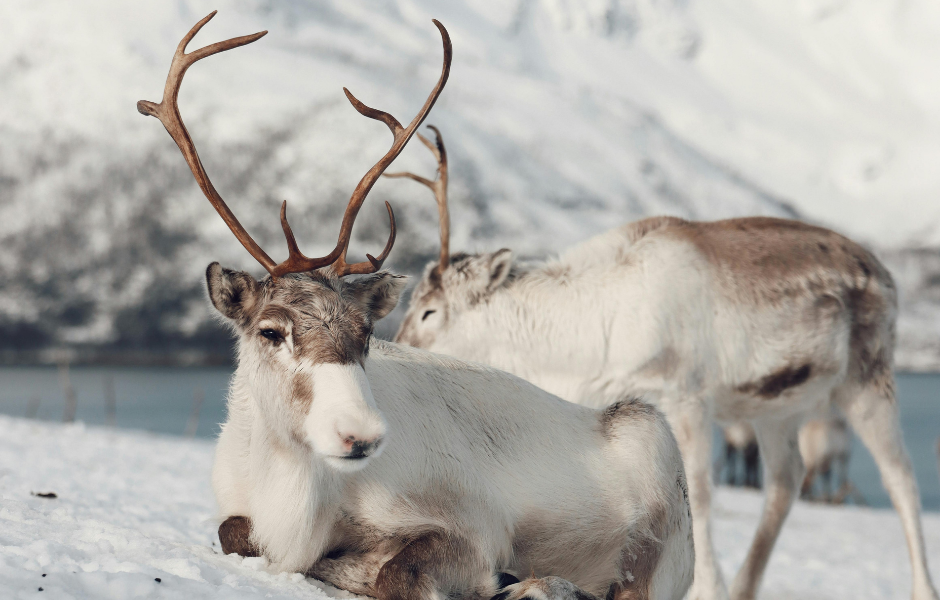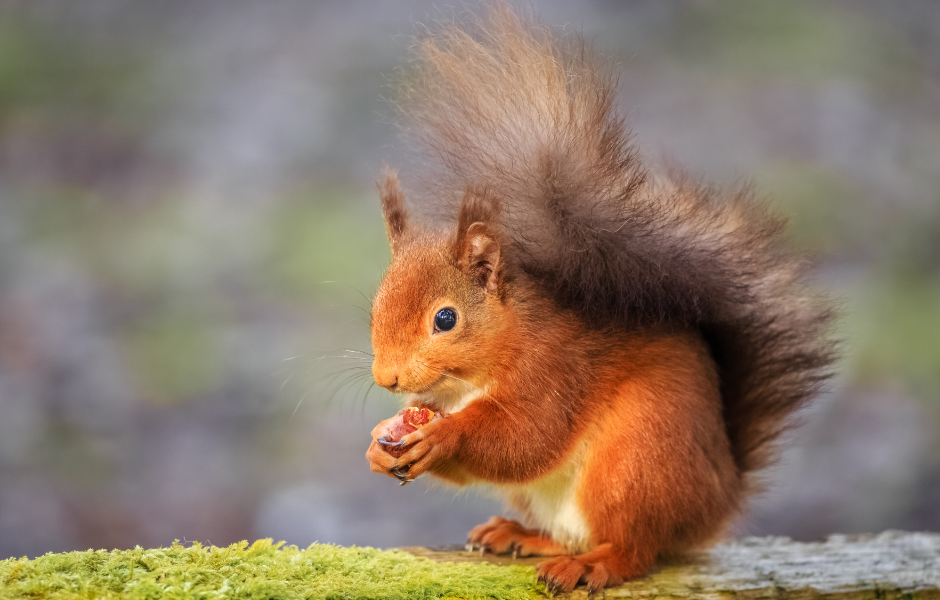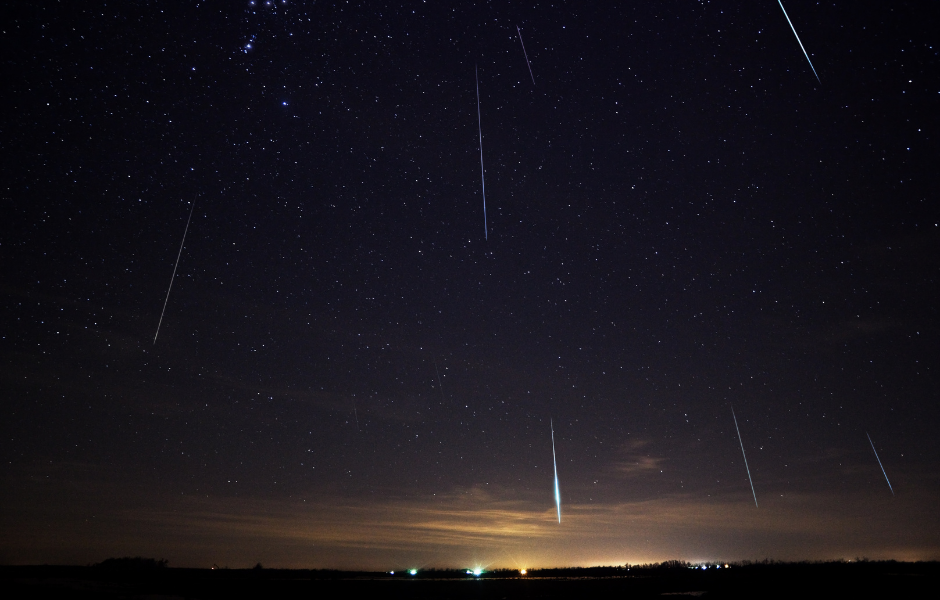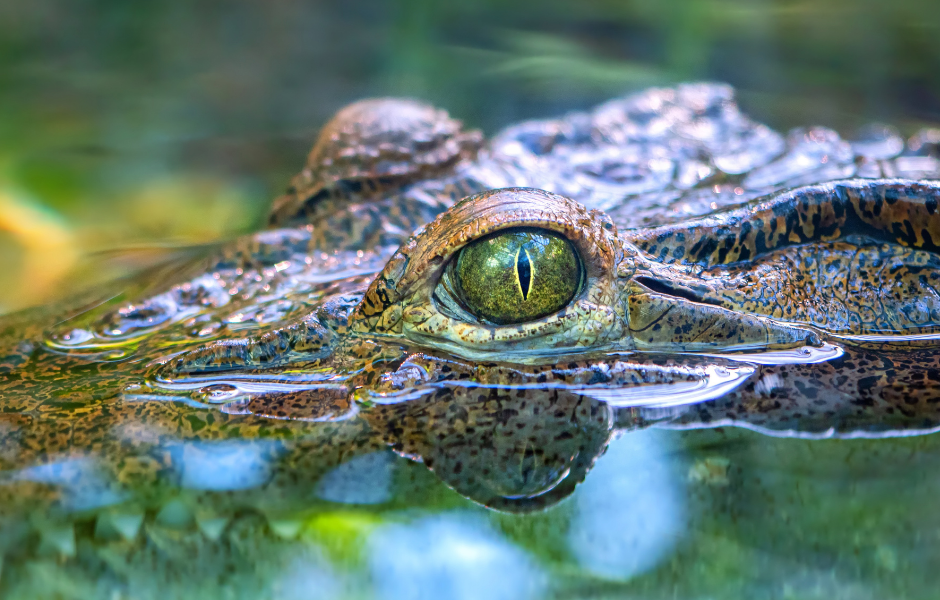
This children’s article, What’s the difference between an alligator and a crocodile?, has been written for native English speakers and learners of English as a second or foreign language. It can help children build vocabulary, learn about reptiles, and discover the amazing world of crocodilians. Written by Mark Pulley, a teacher and writer who creates fun and informative news articles for English learners.
Meet the crocodilian family
Alligators and crocodiles look so similar that even adults sometimes mix them up! They both belong to a group of reptiles called crocodilians, which also includes caimans and gharials.
These animals have been around for over 80 million years, dating back to the time of the dinosaurs. With their powerful jaws, sharp teeth, and scaly skin, crocodilians are expert hunters that have barely changed in all that time.
Where they live
Alligators prefer freshwater places like rivers, ponds, and swamps. You’ll mostly find them in the southeastern United States and in parts of China.
Crocodiles, on the other hand, can live in both freshwater and saltwater. That’s why you’ll find them in places like Africa, Australia, and South America. Some even swim out to sea!
How do they look different?
At first glance, they seem almost the same — but look closely, and the clues are all in the face! Alligators have wide, U-shaped snouts, which are rounder and shorter. Crocodiles have long, V-shaped snouts, which are pointier and narrower.
When an alligator’s mouth is closed, you can’t see its teeth. But when a crocodile closes its mouth, some of its bottom teeth stick out, giving it a rather toothy grin! Their colouring is different, too. Alligators are usually darker, while crocodiles are lighter and greener or brownish.
Cool crocodilian facts
- Crocodiles have special glands that remove salt from their bodies, which is why they can live in the sea. Alligators don’t have these glands, so they stay in freshwater.
- Both are cold-blooded, which means their body temperature changes with the weather. They spend lots of time sunbathing to warm up!
- Despite their tough looks, crocodilians are caring parents. They gently carry their babies in their mouths to the water when they hatch.
- The largest crocodile ever recorded was over six metres long. That’s longer than a car!
- And the smallest alligator, the Chinese alligator, grows to only about two metres. Still big enough to stay away from, though!
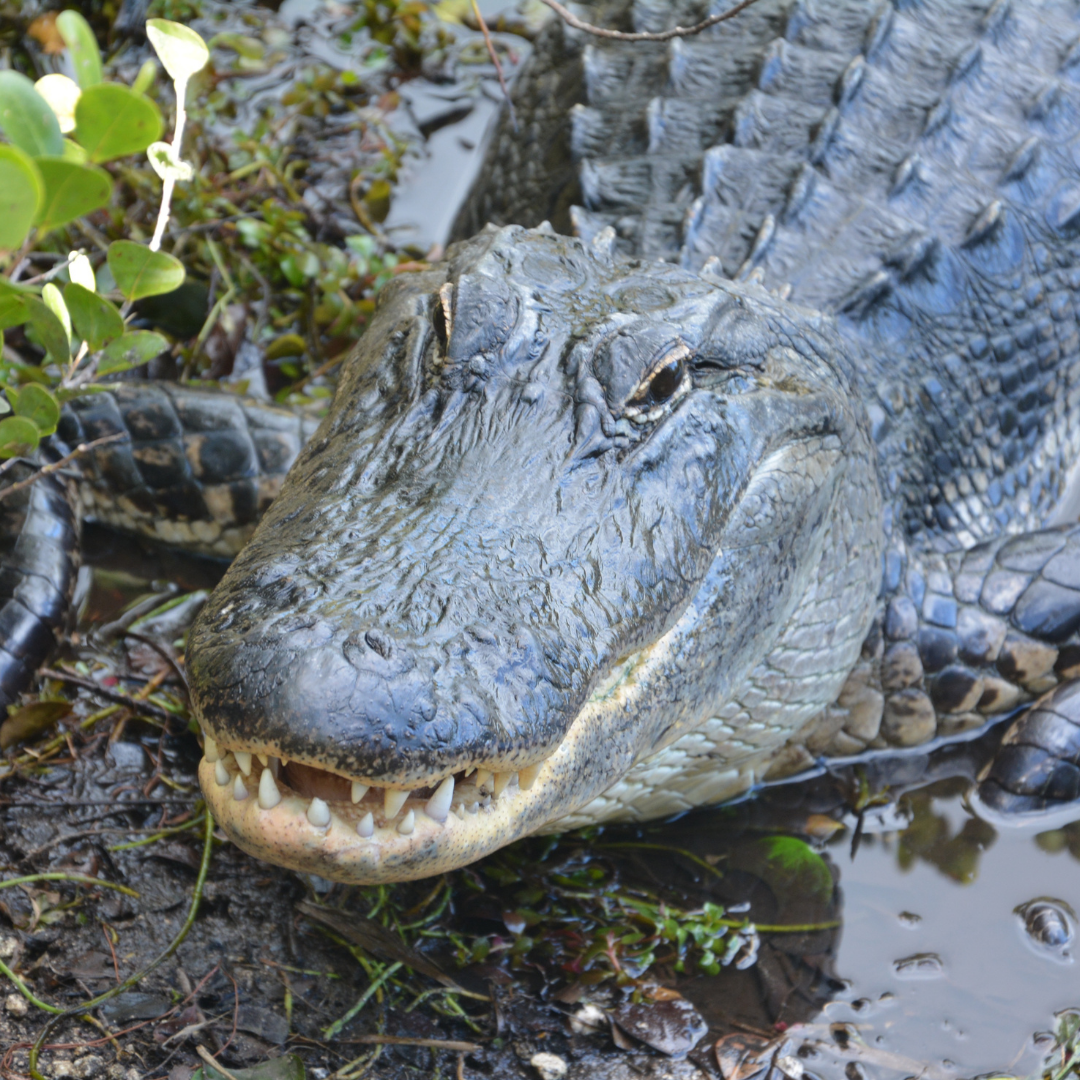
Article vocabulary list
- Reptiles – Cold-blooded animals with scales, such as snakes and lizards.
- Crocodilians – The animal group that includes crocodiles, alligators, caimans, and gharials.
- Freshwater – Water found in rivers and lakes, not the salty sea.
- Saltwater – Water from the sea or ocean.
- Snout – The nose and mouth part of an animal’s face.
- Cold-blooded – When an animal’s body temperature changes with the weather.
- Hatch – When a baby animal comes out of an egg.
- Glands – Small organs in the body that produce special substances, like sweat or salt.
Comprehension questions
Just click the plus (+) to see the answer
1. What group of animals do crocodiles and alligators belong to?
A) Amphibians
B) Crocodilians
C) Mammals
Answer: B) Crocodilians
2. Where do most alligators live?
A) Africa and Australia
B) South America
C) The southeastern United States and China
Answer: C) The southeastern United States and China
3. What is the main shape difference between alligator and crocodile snouts?
A) Alligators have V-shaped snouts, crocodiles have U-shaped ones
B) Alligators have U-shaped snouts, crocodiles have V-shaped ones
C) They both have the same shape
Answer: B) Alligators have U-shaped snouts, crocodiles have V-shaped ones
4. Which animal can live in saltwater?
A) Alligator
B) Crocodile
C) Neither
Answer: B) Crocodile
5. How do crocodilian parents help their babies after hatching?
A) They build nests for them
B) They carry them in their mouths to the water
C) They leave them alone immediately
Answer: B) They carry them in their mouths to the water

Mark is a writer and EFL teacher from England with eight years’ experience. He’s passionate about travel, sport (especially football), animals, nature, and history, and enjoys helping children explore the world through language and learning.

